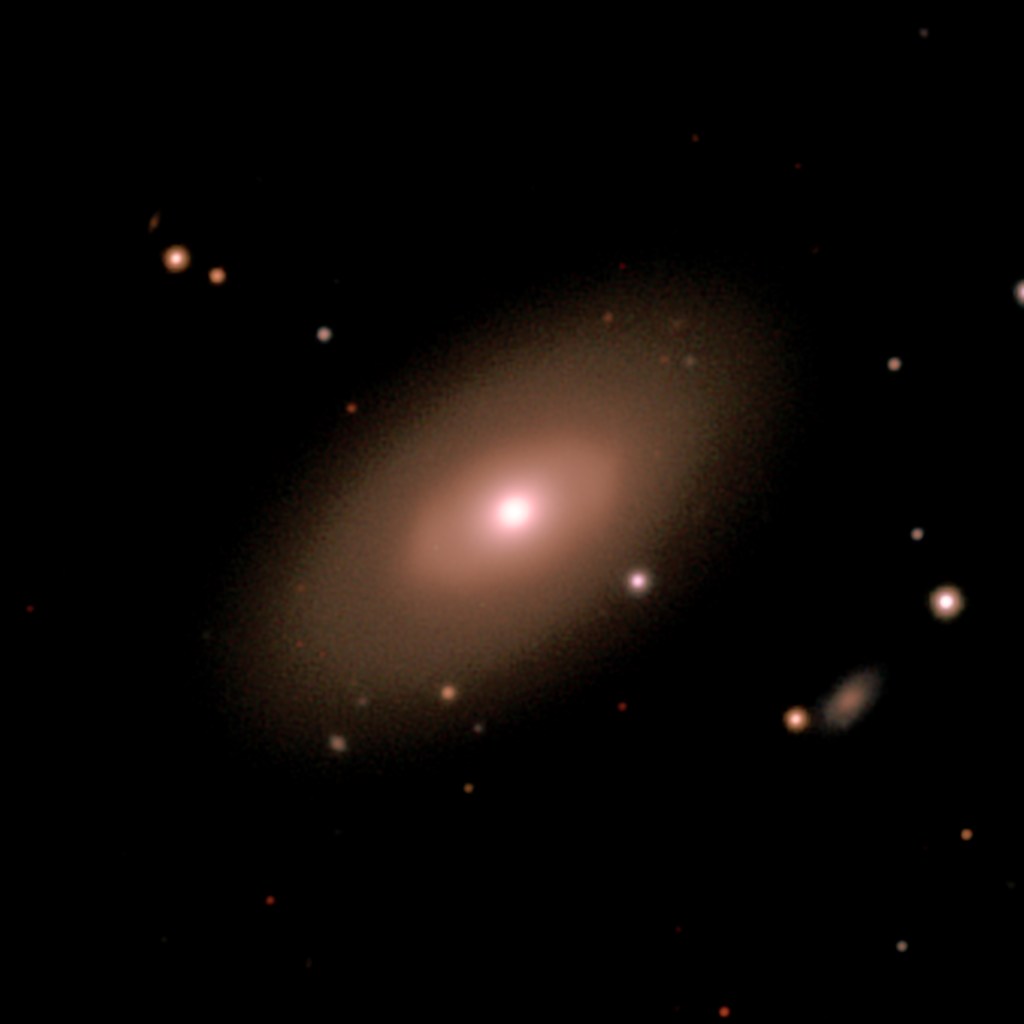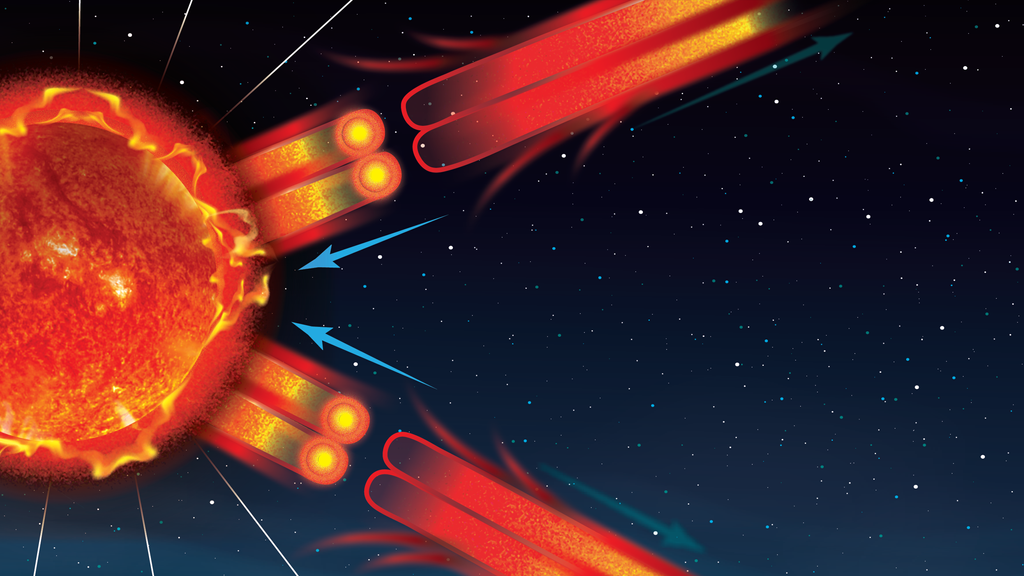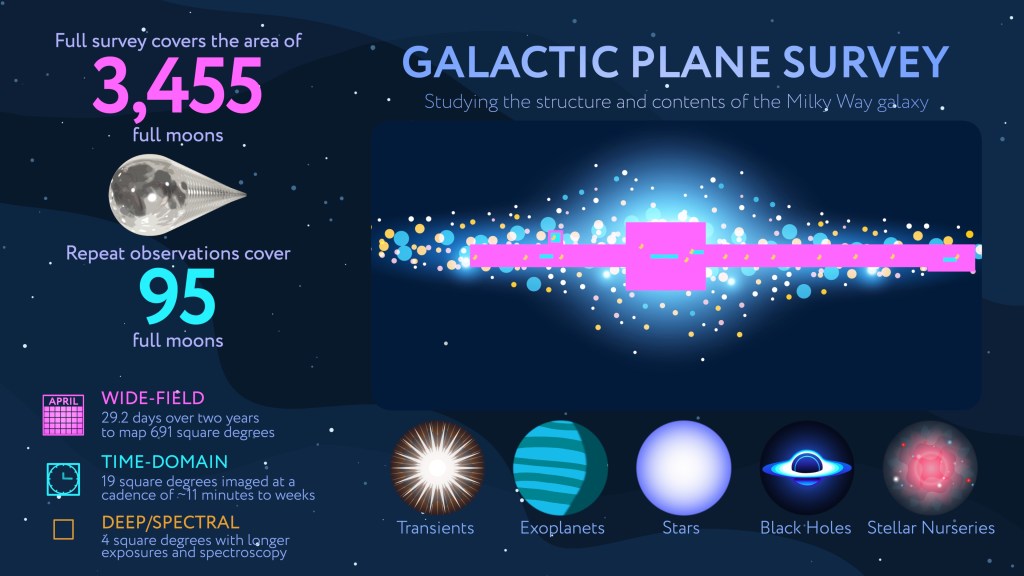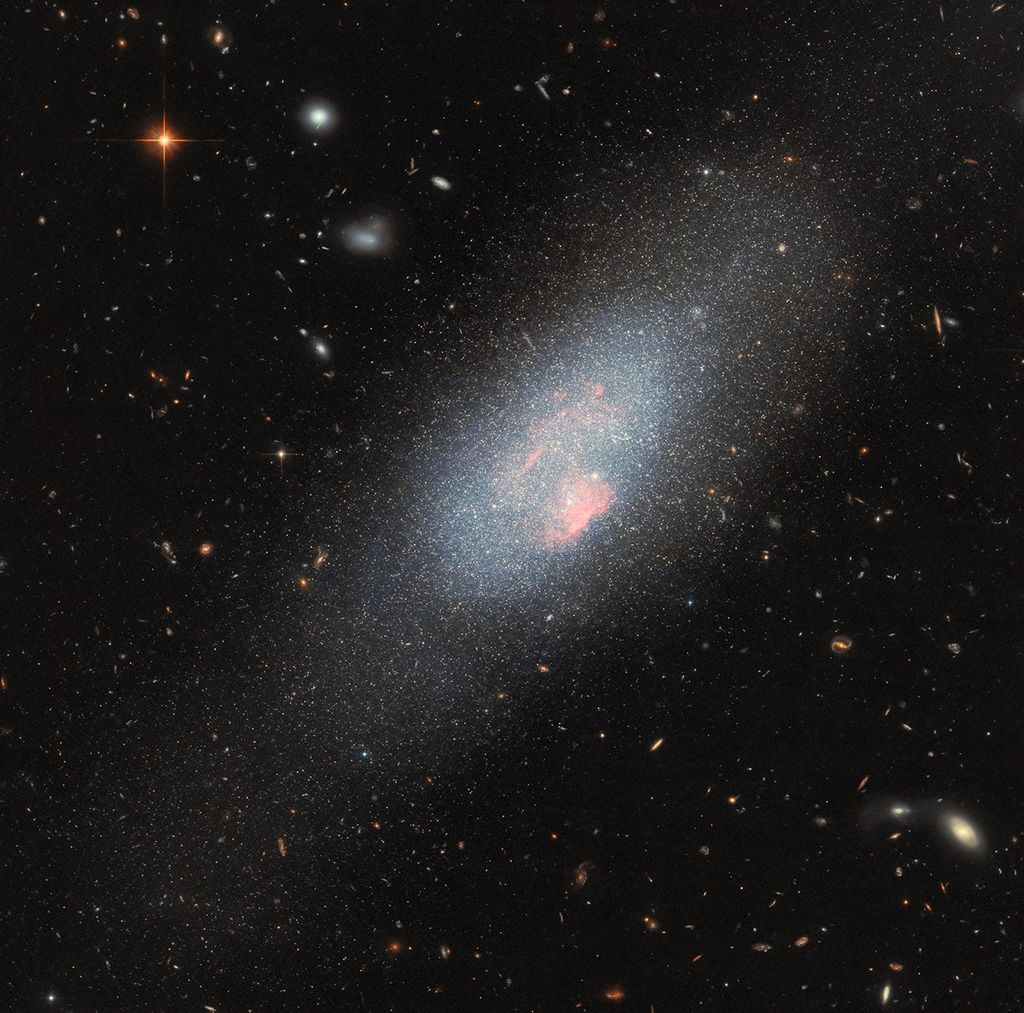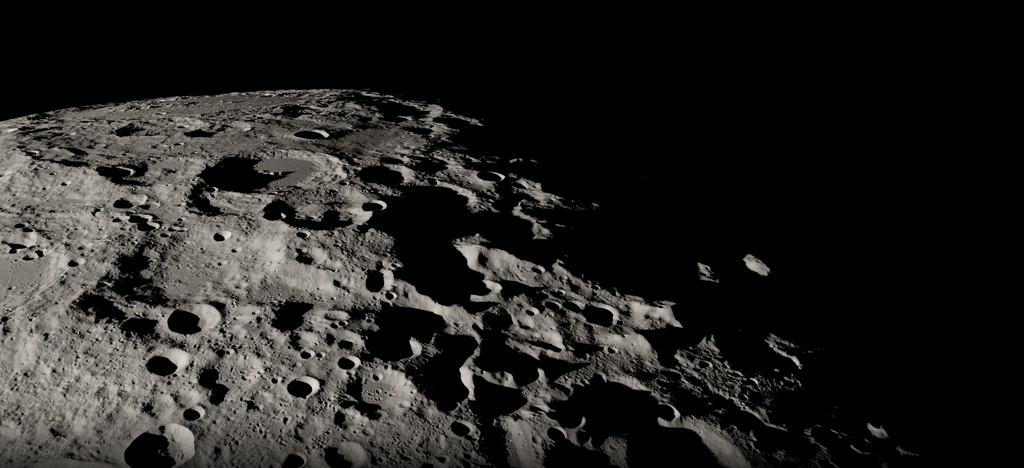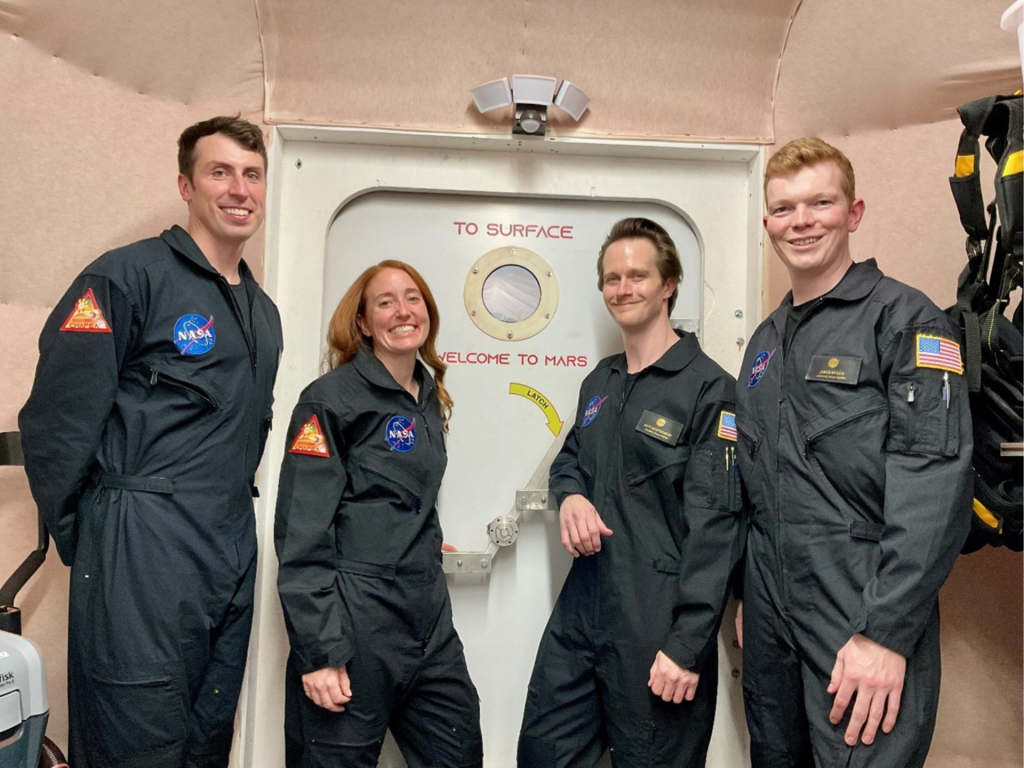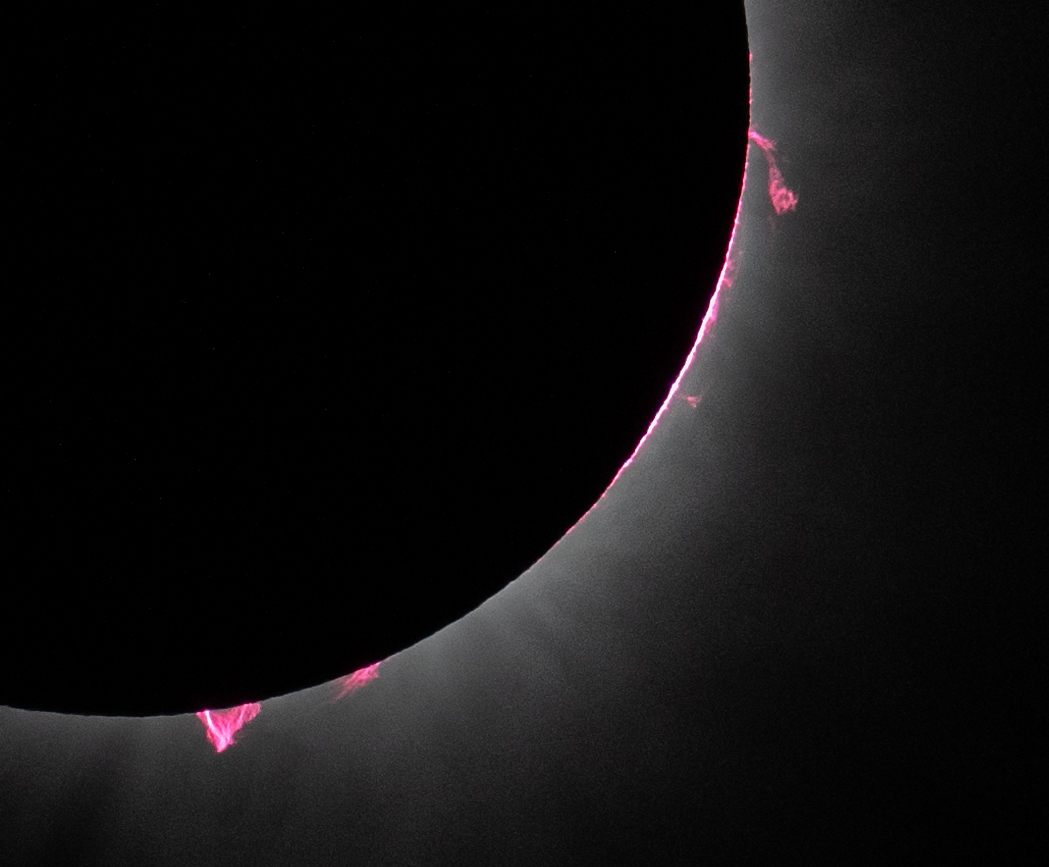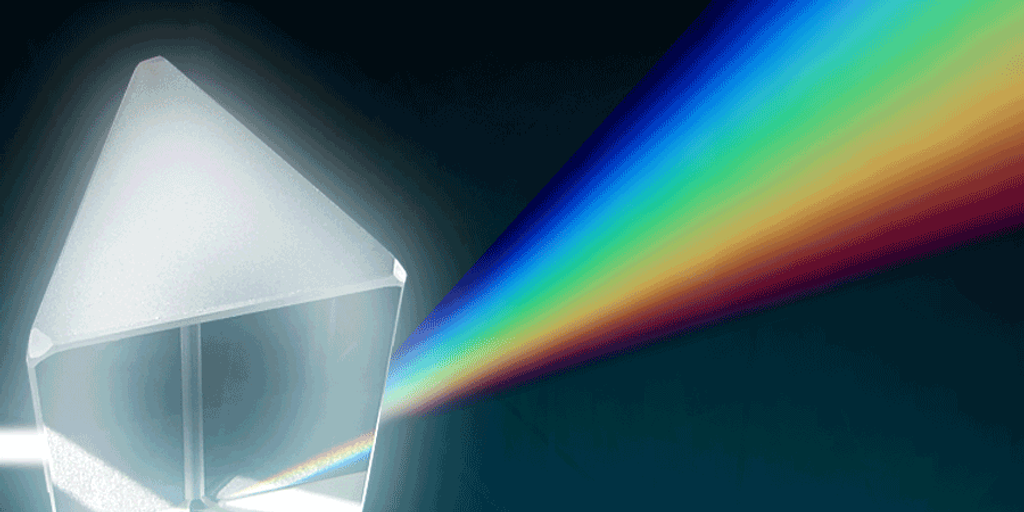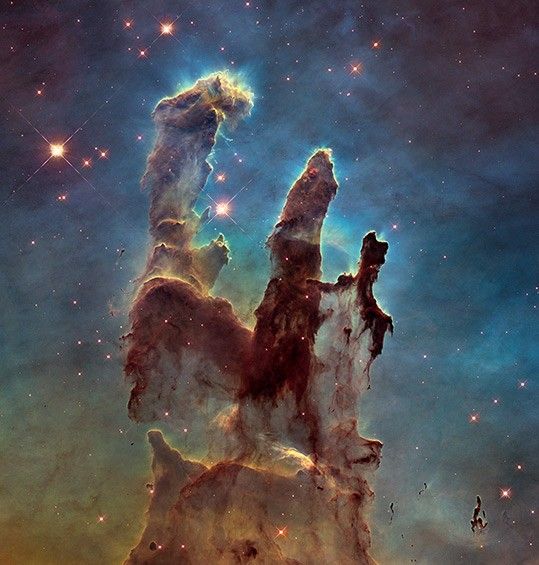1 min read
Schematic of the Pluto System

The new HST/ACS observations made on March 2nd reveal that all three of Pluto's satellites are neutrally colored, unlike reddish Pluto itself. Pluto's reddish color is believed to be due to reddening agents created by the effects of sunlight acting on its nitrogen and methane surface ices. Charon's surface is known to consist primarily of water ice; the similar color of P1 and P2 may indicate they too have water ice surfaces. The color similarity of Pluto's two small satellites to one another and to Charon is consistent with their all having been born as a result of a single giant impact, as previously indicated by their orbits and Charon's large mass.
- Object NameObject NameA name or catalog number that astronomers use to identify an astronomical object.Pluto
- Release DateMarch 10, 2006
- Science ReleaseHubble’s Latest Look at Pluto’s Moons Supports a Common Birth
- Credit
Related Images & Videos
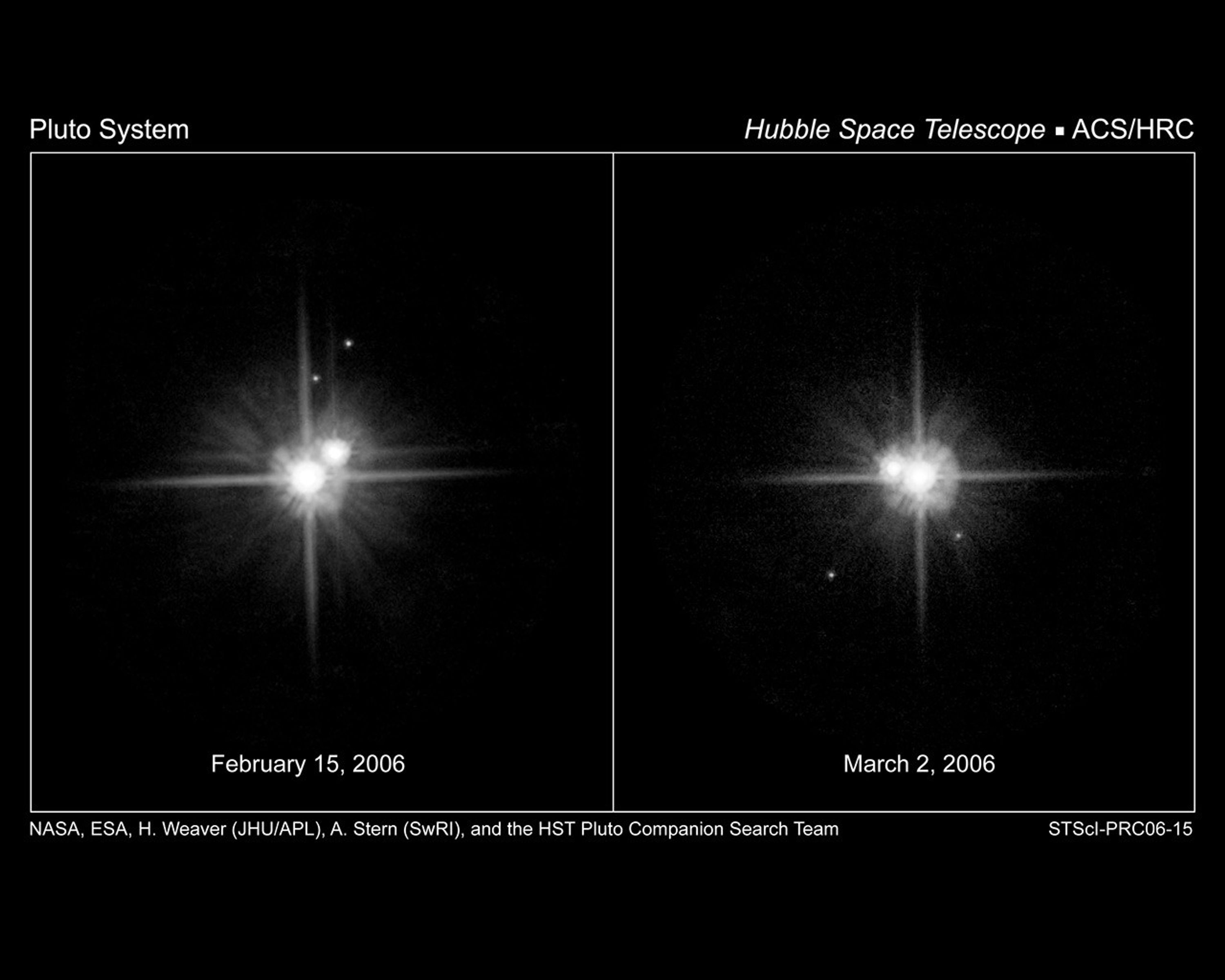
Hubble's Latest Look at Pluto's Moons Supports a Common Birth
This pair of NASA Hubble Space Telescope images shows the motion of Pluto's satellites between February 15th and March 2nd, 2006. Both images were taken through a red filter (F606W) using the High Resolution Channel (HRC) of the Advanced Camera for Surveys (ACS). During this...
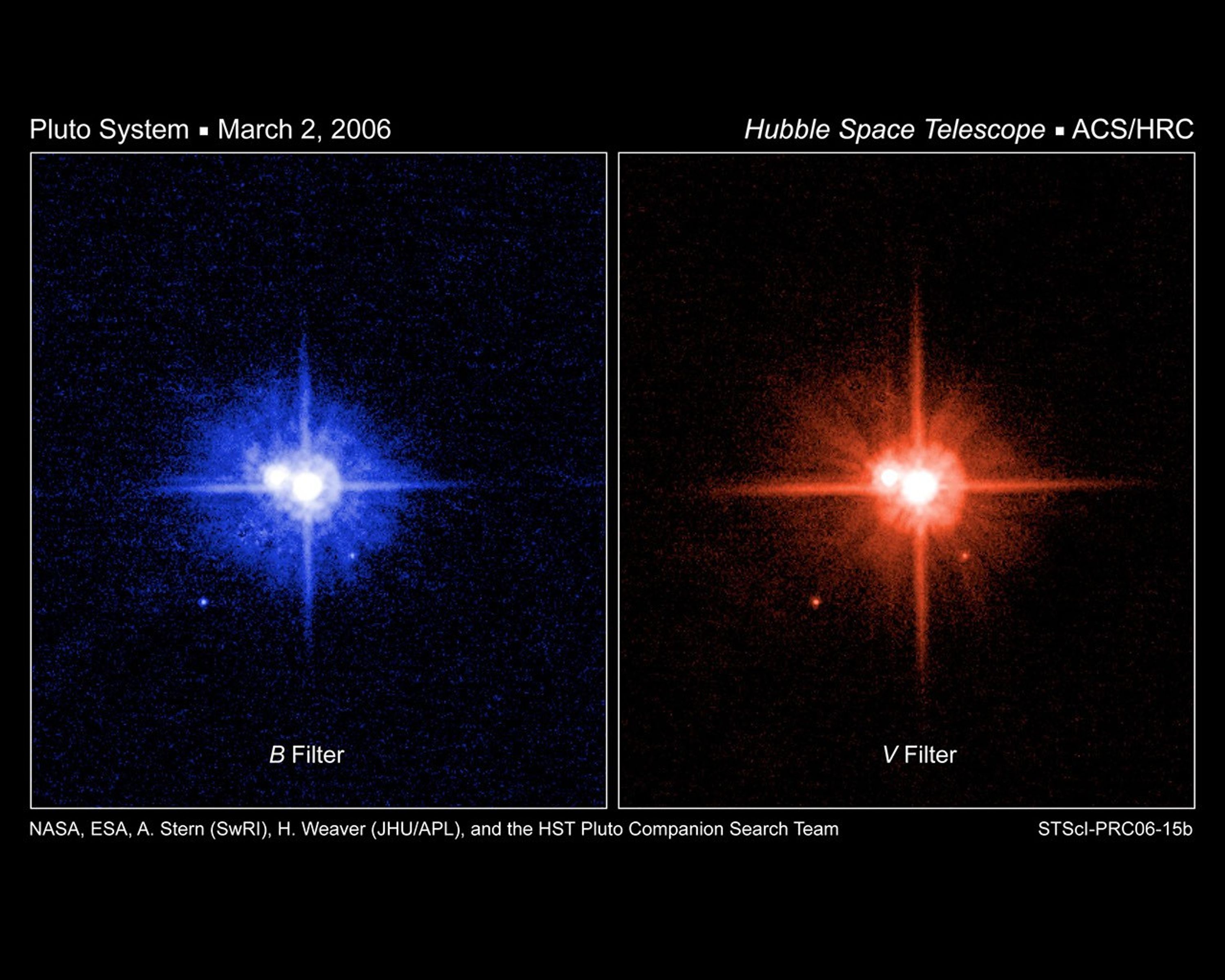
Hubble Color Images of Pluto's Moons Support a Common Birth
These NASA Hubble Space Telescope images of Pluto were taken on March 2, 2006, using the High Resolution Channel (HRC) of the Advanced Camera for Surveys (ACS). The image on the left was taken through a blue filter (F435W), and the one on the right was taken through a red filter...
Share
Details
Last Updated
Aug 17, 2025
Contact
Media
Claire Andreoli
NASA’s Goddard Space Flight Center
Greenbelt, Maryland
claire.andreoli@nasa.gov


